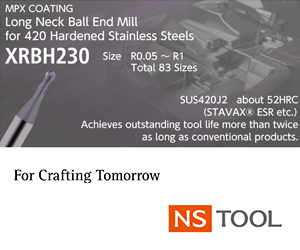
Amacoil/Uhing has introduced a mechanical solution to spooling wire, cable and other materials onto spools having tapered flanges. The assembly uses the Uhing traverse winding drive and is purely mechanical, requiring no complex electronics, encoders or motion controllers.
Typically, winding onto tapered flange spools requires a programmable, electronically controlled winding system. The Amacoil/Uhing method simplifies design and eliminates the costs associated with sophisticated spooling system equipment. The absence of complex controls also simplifies operation and maintenance.
As wire is fed onto a spool, a traversing unit is used to guide the wire back and forth across the spool core. This creates evenly placed rows of wire. In a basic winding set up, the reciprocating linear movement of the traversing unit is suitable for cylindrical spools with flanges that are at right angles to the spool core. However, if the spool flanges are angled or tapered outward, the traversing unit stroke length must gradually increase in order to evenly lay the wire out onto the tapered surface of the flanges.
The Uhing traverse system accomplishes this mechanically. Each time the traversing unit travels past the mid-point of the stroke, it contacts a ratchet mechanism. The ratcheting action moves the end stops (limit switches) steadily outward in preset increments. The incremental distance which the end stops move is adjustable using a dial control on the front of the assembly.
As the end stops, which control reversal of the traversing unit, move apart, the traverse stroke length gradually increases to lay the wire out onto the flange surfaces. When the spool is filled, the assembly is stopped and reset for the next spool by sliding the end stop assemblies to their starting position. A tapered flange winding set-up may also be used for a standard cylindrical spool winding process by setting the stroke adjustment dial to zero.
While designed specifically for winding material onto spools with tapered flanges, the assembly also has application for production/plant managers or machine designers desiring to gradually increase or decrease drive nut travel distance without having to integrate complex, costly controls. Applications include applying adhesives/coatings, spraying and wash downs.








